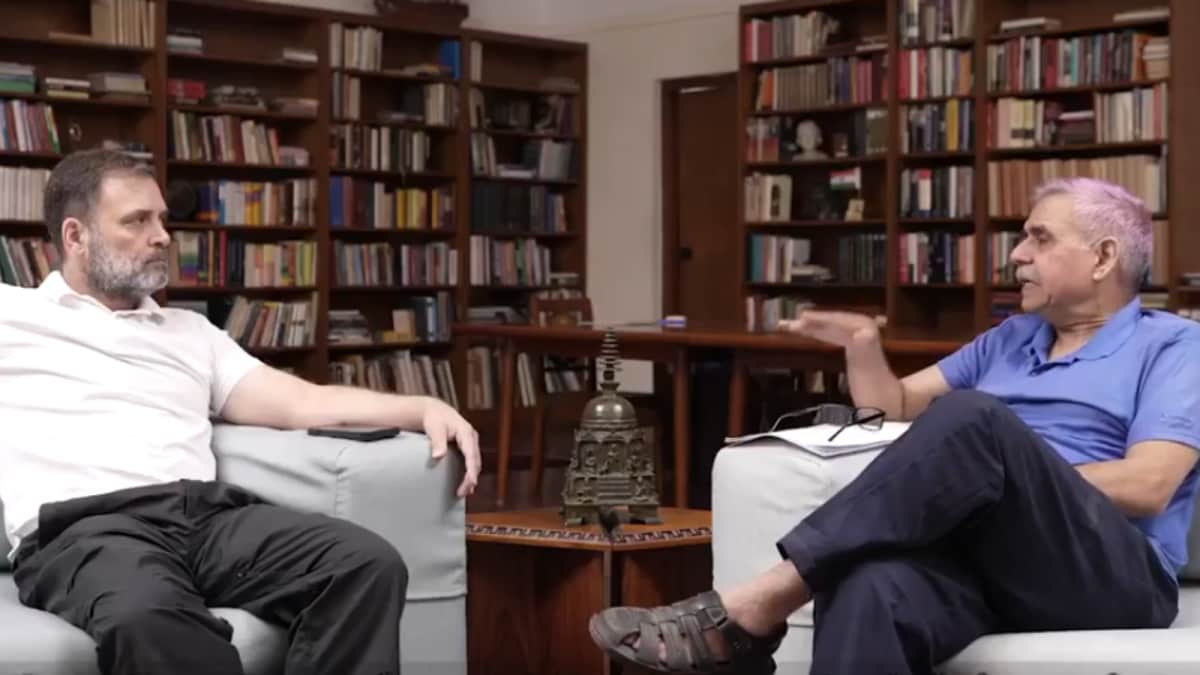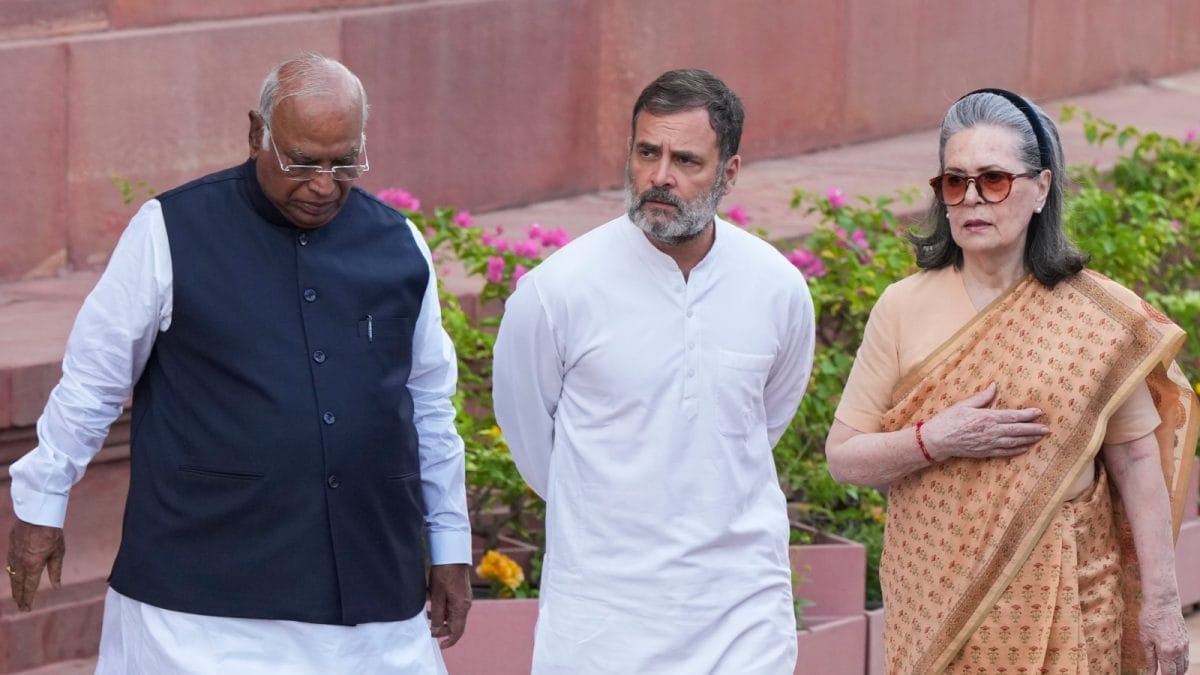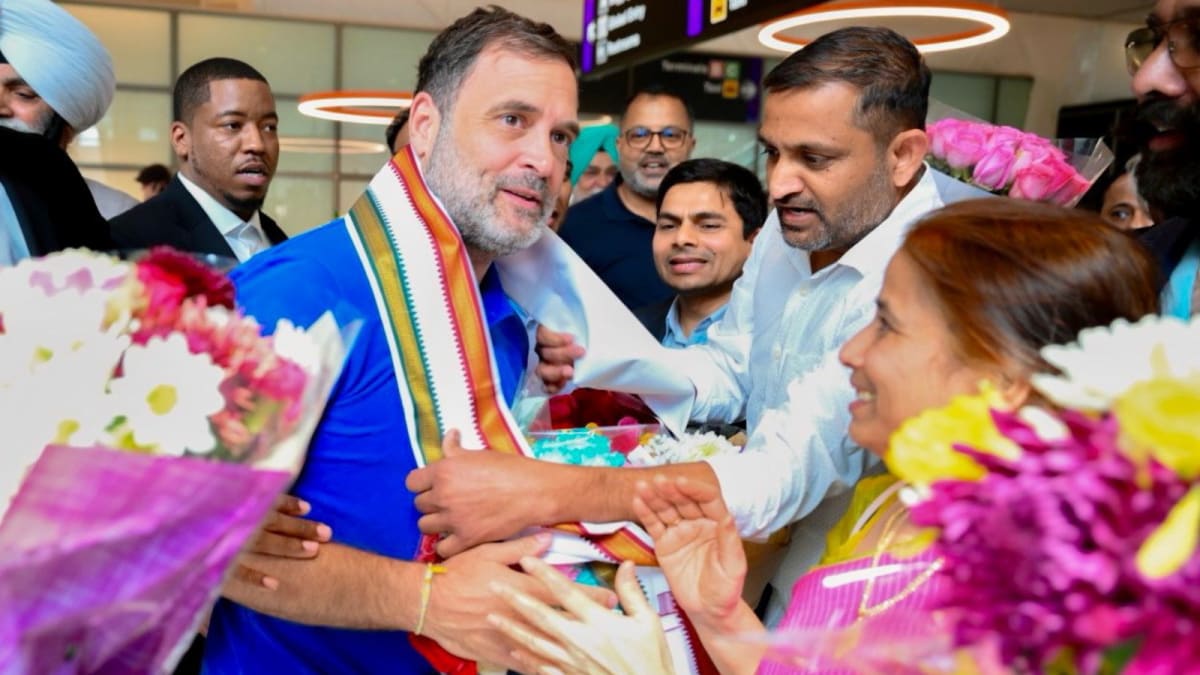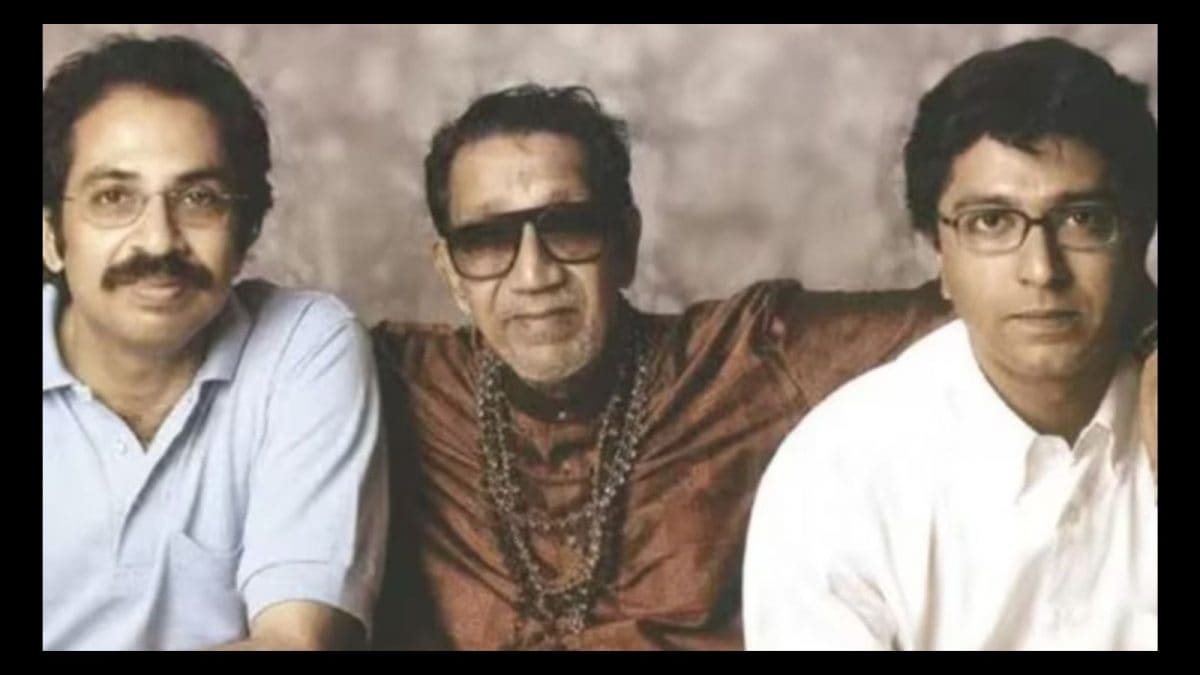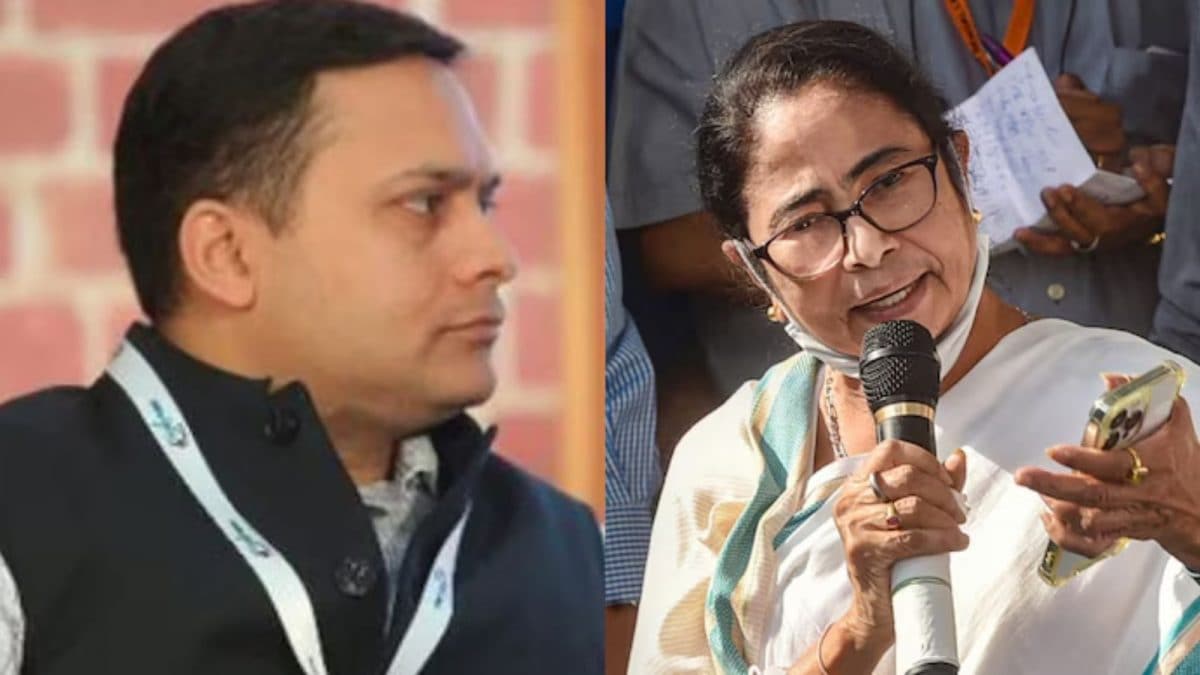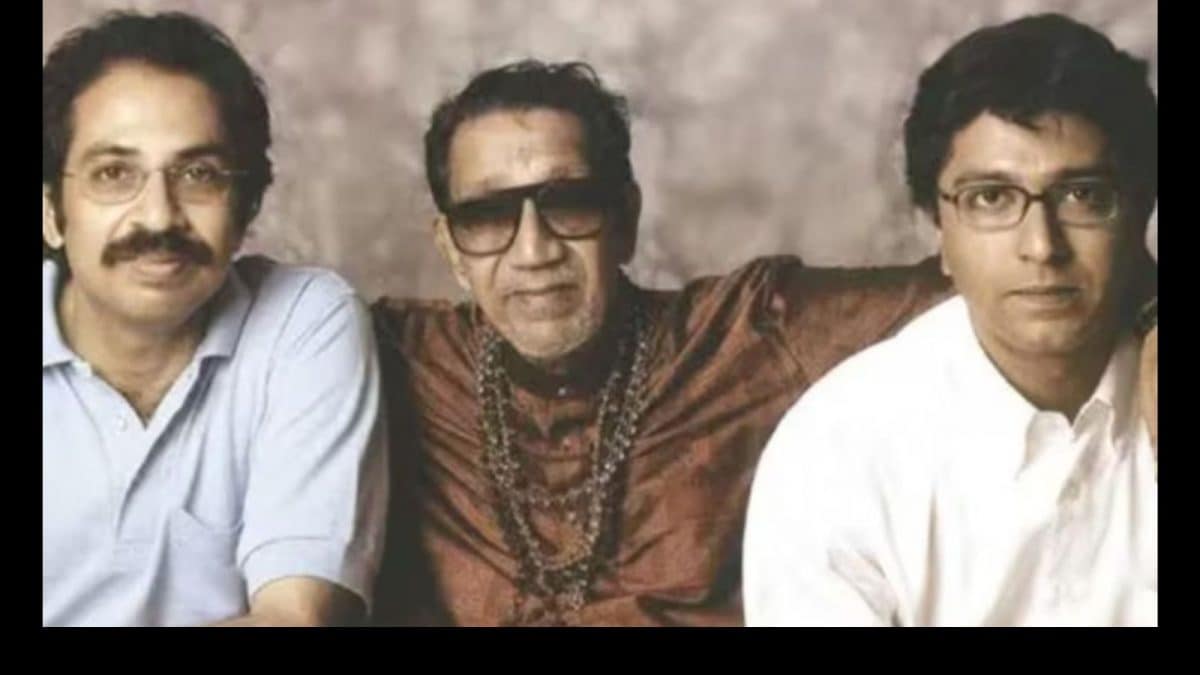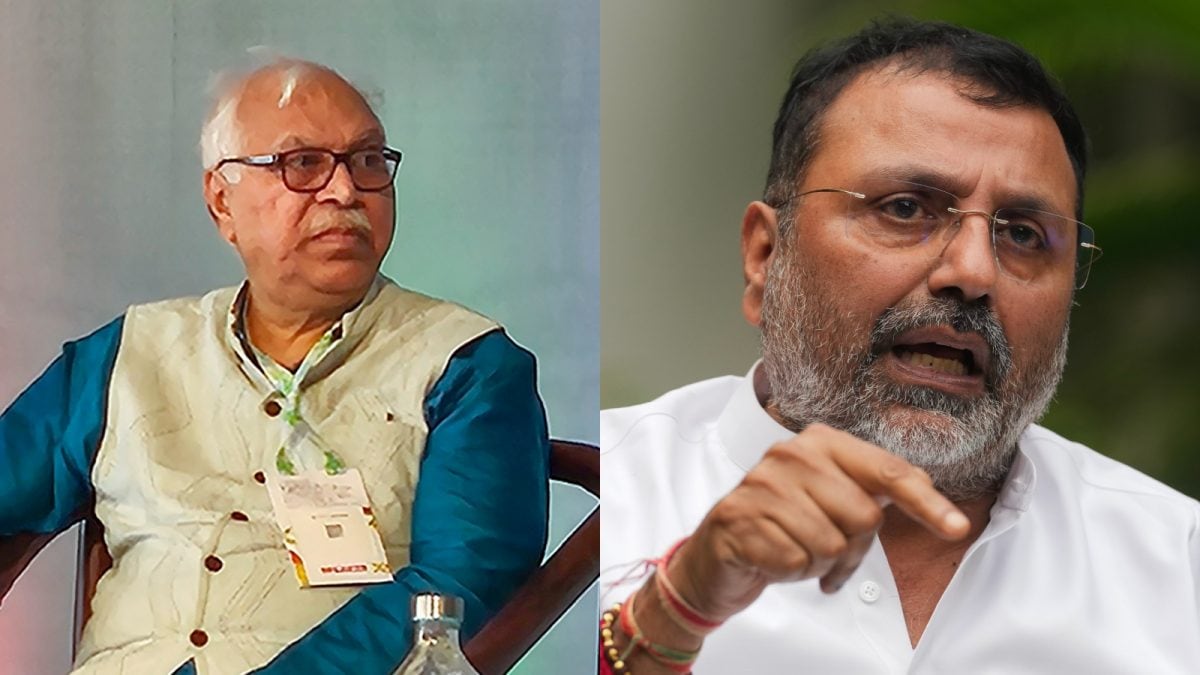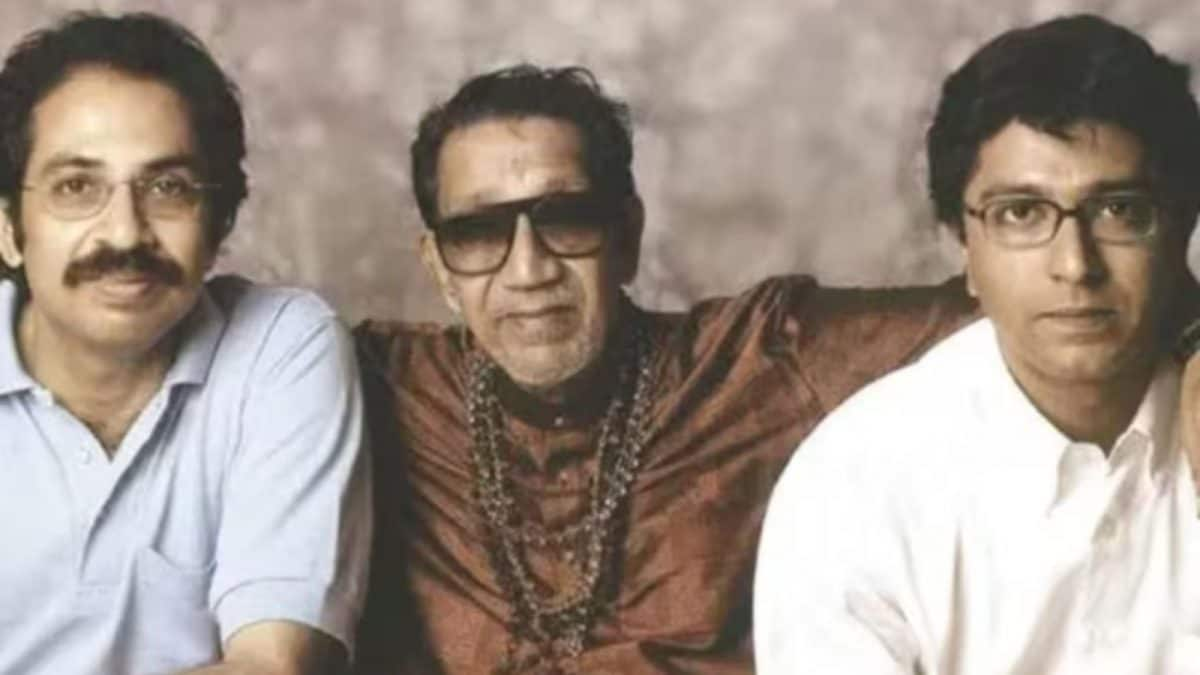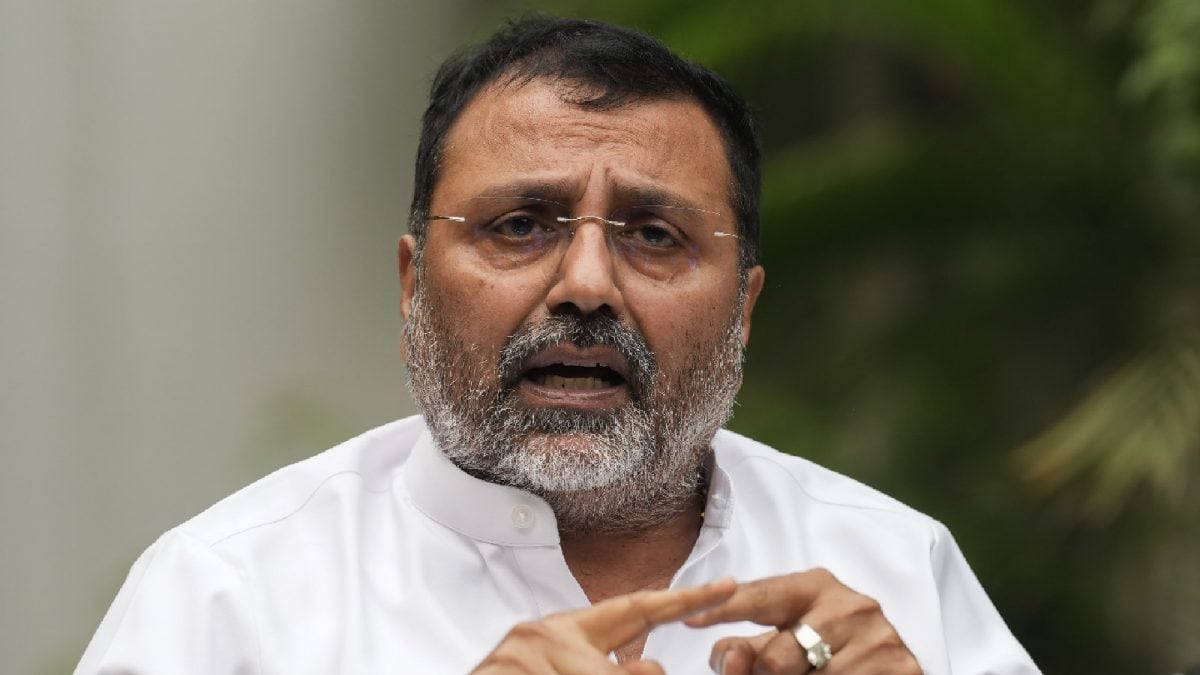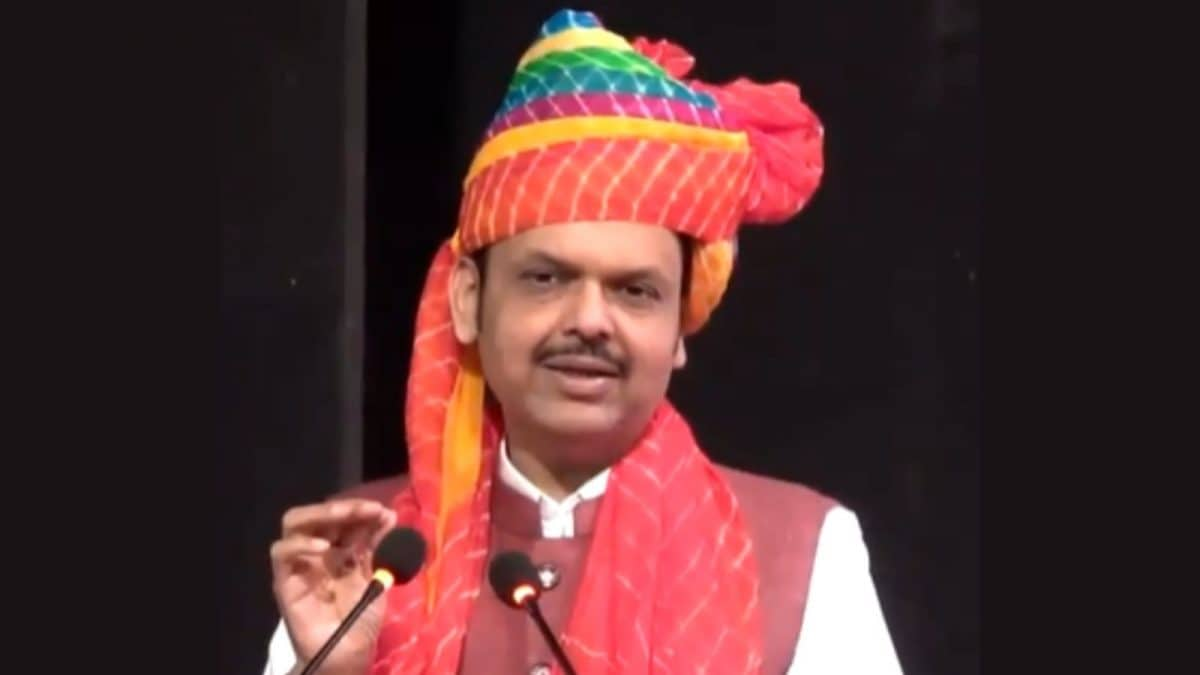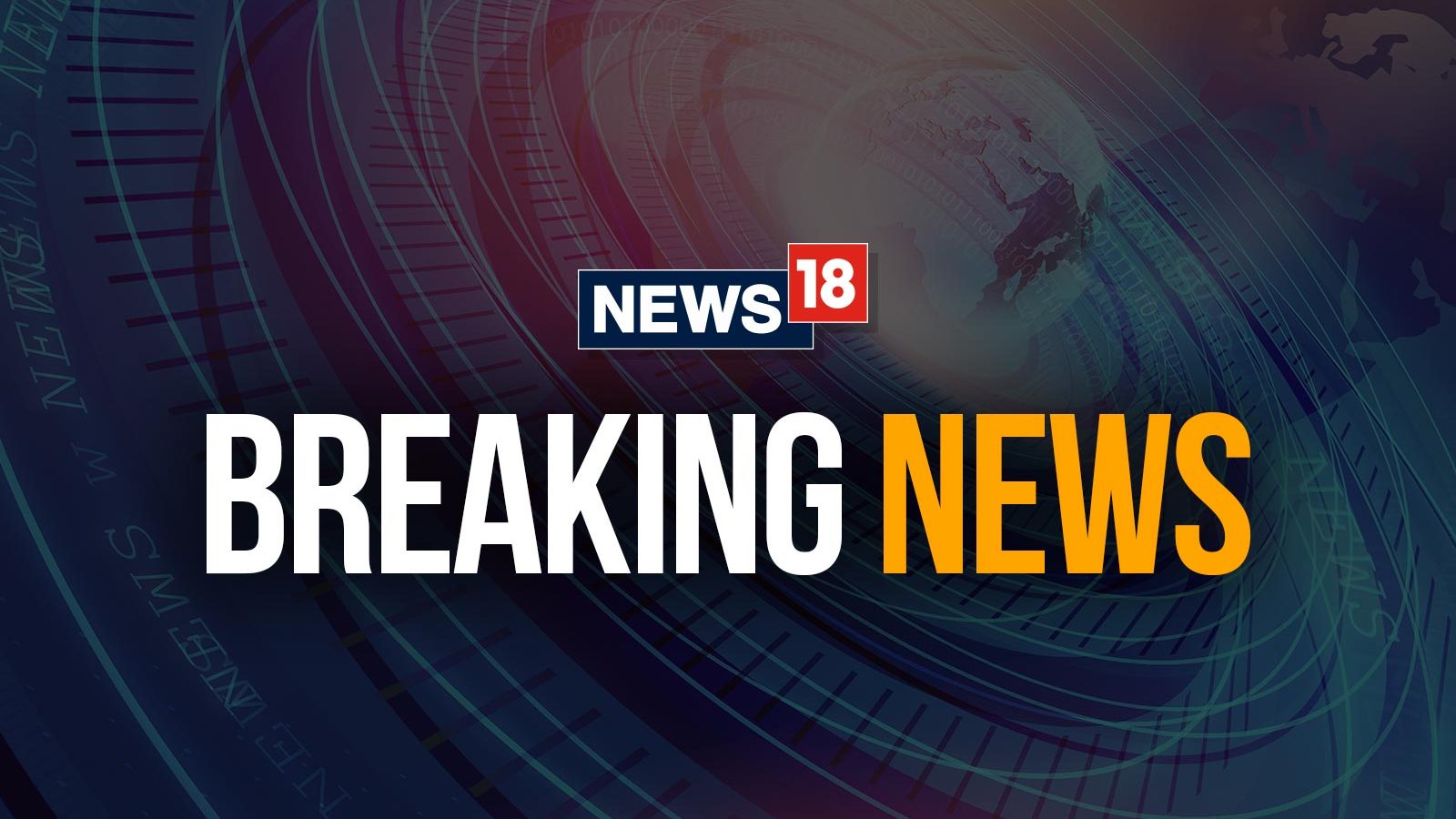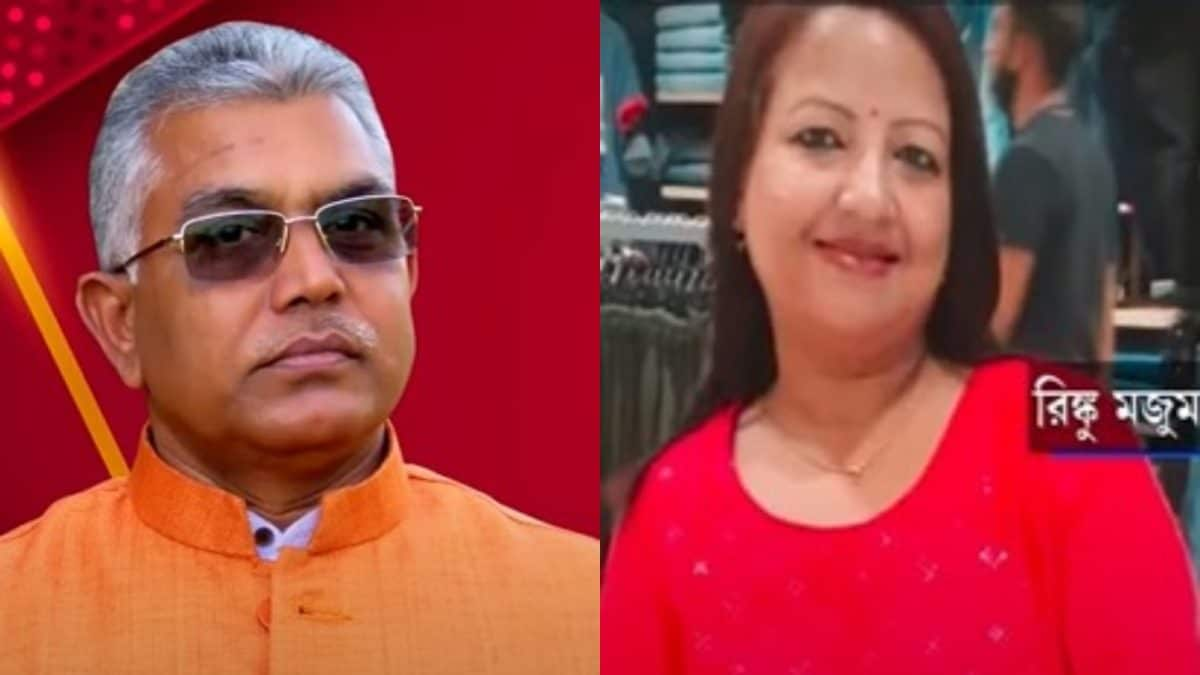Last Updated:April 20, 2025, 12:59 IST
Currently, the Shiv Sena UBT and MNS are fighting for political survival, even though the MNS faces a more precarious situation

A file photo of Balasaheb Thackeray (Centre) with Uddhav (left) and Raj. (News18 Marathi)

Maharashtra was abuzz with one question over the weekend — Will Uddhav and Raj Thackeray join hands and reconcile? The source of this buzz was a podcast by director-producer Mahesh Manjrekar, who interviewed Maharashtra Navnirman Sena (MNS) chief Raj Thackeray.
On the issue of ‘Marathi Manoos’, Raj said that his disagreements with Uddhav were insignificant compared to the importance of Maharashtra and Maharashtrians. He expressed his willingness to join forces with Uddhav, provided Uddhav reciprocated.
For all regional, national news channels and web portals, this became the leading story, with headlines proclaiming Raj’s readiness for an alliance with Uddhav’s Shiv Sena Uddhav Balasaheb Thackeray (UBT). Will Uddhav accept? Will he be willing to take a step back?
However, the plot thickened when Uddhav responded positively, but set conditions for Raj.
NOT THE FIRST TIME
This is not the first time the news of a reunion between the cousins has captivated Maharashtra. After Raj’s departure from Balasaheb Thackeray’s Shiv Sena, senior Sena workers and Thackeray family members made several attempts to reunite the two for the betterment of ‘Marathi manoos’ and ‘Maharashtra’. The last such attempt was made during the 2017 Brihanmumbai Municipal Corporation (BMC) elections, where talks were initiated, but failed to gain traction from Uddhav. He declined to meet the emissary sent by Raj, insisting on a meeting with his deputies instead.
Raj has spoken about this incident on numerous occasions, both in his speeches and media interviews. This time, however, Uddhav’s conditional agreement to a “possible alliance" with Raj Thackeray is being interpreted as an attempt to test the waters.
UDDHAV THACKERAY’S DILEMMA AMID THE EKNATH SHINDE CHALLENGE
Uddhav, having faced betrayal from his own party leaders who seized the party’s name and symbol and toppled his government in Maharashtra, is treading cautiously. Additionally, the BJP’s relentless targeting of Uddhav, aiming to diminish his electoral prospects, further complicates the situation. Therefore, despite his positive response, Uddhav may not readily embrace this alliance. While Uddhav’s party fell short of expectations in the recent state assembly elections, they outperformed Raj’s MNS, which failed to secure a single seat. Notably, even Amit Thackeray, Raj’s son, lost from a constituency once considered an MNS stronghold.
Appropriating the Sena party symbol and name, Eknath Shinde has asserted himself as the true inheritor of Sena supremo Balasaheb Thackeray’s legacy, despite not being a Thackeray. Should the cousins reunite, it would bolster their claim as the sole legitimate heirs of Balasaheb’s legacy, as opposed to a non-Thackeray.
The party split has significantly weakened Uddhav, which was evident in the latest state assembly election results. All eyes are now on the upcoming local body elections, particularly in Mumbai and Thane, where the united Shiv Sena held sway for over two decades.
📍 #मुंबई |मनसे अध्यक्ष राज ठाकरे यांच्या निमंत्रणावरून आज त्यांच्या शिवतीर्थ निवासस्थानी झालेल्या सदिच्छा भेटीत स्नेहभोजन आणि अनौपचारिक चर्चा केली.
यावेळी उद्योग मंत्री उदय सामंत, मनसे नेते अमित ठाकरे, मनसे मुंबई शहराध्यक्ष संदीप देशपांडे, मनसे चित्रपट सेनेचे अमेय खोपकर,… pic.twitter.com/2GAes4Neun
— Eknath Shinde – एकनाथ शिंदे (@mieknathshinde) April 15, 2025
WHAT’s IN IT FOR RAJ THACKERAY?
Raj, struggling to garner significant voter support in elections since 2014, seeks an alliance to revive his political standing.
Raj’s shifting political allegiances have come at a cost. In the 2014 general elections, he extended support to Narendra Modi, but the Bharatiya Janata Party (BJP) did not formally acknowledge the alliance. In the 2019 general election, he campaigned against PM Modi and the BJP, indirectly supporting the Congress and ist Congress Party (NCP) in the state.
However, after receiving summons from the Enforcement Directorate (ED) seeking clarification on certain transactions, Raj shifted his stance, indirectly supporting PM Modi and the BJP. In the 2024 general election, he once again backed the BJP, refraining from contesting in anticipation of being accommodated within the Mahayuti alliance during the state assembly elections. When this did not materialise, a disgruntled Raj was compelled to contest independently. He was unable to persuade then CM Eknath Shinde to prevent his party from fielding a candidate against Amit Thackeray, who was contesting his first election.
Sources suggest that Mahayuti leaders advised Raj to maintain a low profile during the state assembly elections, promising to support him in the upcoming municipal elections. In a recent speech at Shivaji Park during Gudi Padwa, Raj declared his support for Devendra Fadnavis if his actions benefited Maharashtra. A few weeks later, he hosted Deputy CM and Shiv Sena chief Eknath Shinde for dinner at his residence, followed by a closed-door meeting. These events highlight Raj’s eagerness to join the Mahayuti alliance and his willingness to negotiate for his party’s inclusion.
Shiv Sena UBT believes that Raj’s proposition of reunification and his display of magnanimity stem from an ulterior motive. Political analysts suggest that Uddhav’s conditional agreement is a strategic manoeuvre to avoid being perceived as the ‘villain’ once again, as he was in 2017 when he rebuffed Raj’s emissary.
THE HURDLES & BENEFITS
However, this potential alliance faces significant hurdles. Both parties share a similar voter base and constituencies, leading to potential conflicts. Additionally, Raj has incorporated a ‘Hindutva’ agenda alongside his ‘Marathi Manoos’ stance to broaden his appeal, a strategy already deployed by Uddhav, who lost a segment of his core Hindutva voters due to his alliance with the Congress and NCP.
The contrasting personalities and political approaches of Raj and Uddhav present another challenge. Raj’s confrontational style may clash with Uddhav’s more reserved and diplomatic demeanour. Furthermore, the historical animosity between the grassroots workers of both parties, stemming from the MNS’s inception, poses a significant obstacle. They have not only competed against each other in elections, but have also opposed each other’s policies and political positions.
One compelling factor for both Raj and Uddhav is the potential of a united front to attract Marathi voters in urban areas like Mumbai, Thane, and Nashik, which were once strongholds for their respective parties. This alliance could prove advantageous in the upcoming local body elections, allowing them to regain ground and reassert their dominance.
Currently, both Shiv Sena UBT and MNS are fighting for political survival. The MNS faces a more precarious situation, having struggled to secure significant support from the people of Maharashtra in general and assembly elections since 2014.
However, there are still some questions — Does Uddhav, with the backing of the Congress and Sharad Pawar’s NCP, require the support of a politically weakened MNS? Conversely, would Raj, seeking a strong partner to revitalise his party’s electoral prospects, align with Uddhav, who has lost his party’s name, symbol, and a significant portion of his party leadership?
Location : First Published:April 20, 2025, 12:56 IST
News politics Thackeray Reunion: An Alliance With Maha Benefits For Uddhav & Raj?

 1 day ago
1 day ago


